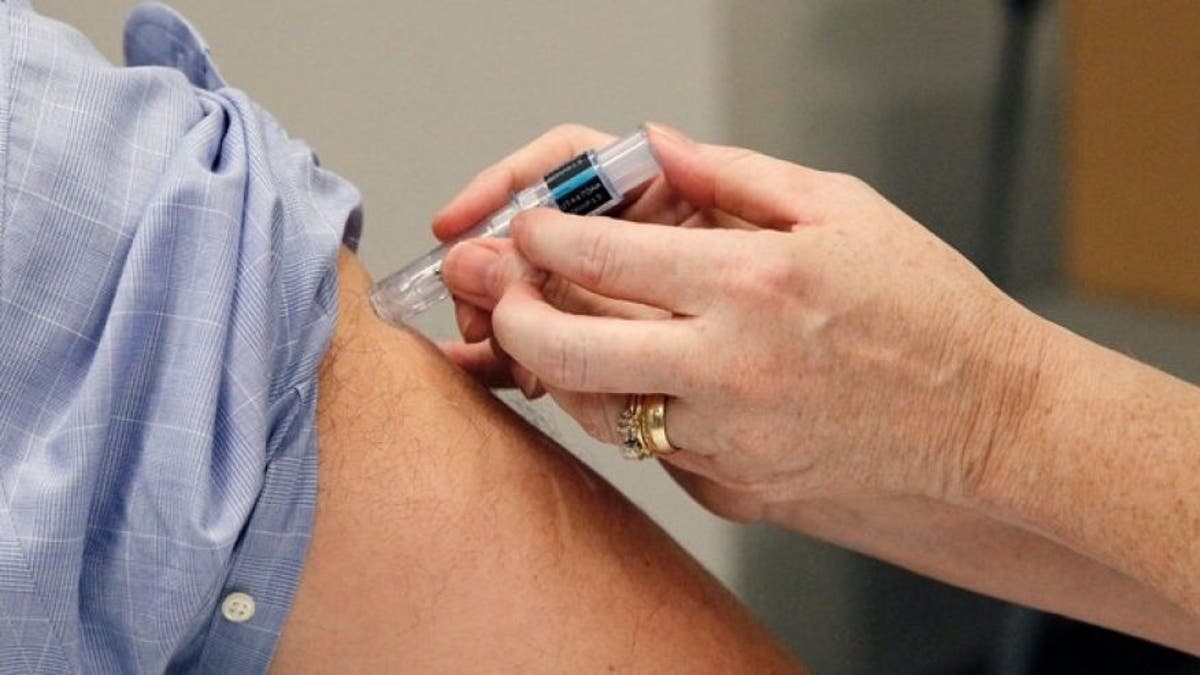
In the event of another influenza pandemic, closing select schools or even just certain classrooms might limit social costs while slowing down spread of the disease more effectively than a nationwide shutdown, a new study estimates.
Researchers calculated the potential number of averted flu cases and weeks of school lost per student under several scenarios set in the United Kingdom to see which one might offer the best defense against the spread of influenza with the least disruption to education.
Out of all the options explored, a nationwide school shutdown appeared to be the least effective response to pandemic influenza because it didn't curb the rate of new cases more than targeted closures that start with just a classroom, grade level, single school or single county school system, the analysis found.
"Our results show that targeted school closures can reduce the overall number of cases in the population, decrease the peak number of cases - which is the moment of maximum stress for the healthcare system during an epidemic - and postpone the epidemic peak - thus gaining time, for example, for producing and delivering a vaccine," said lead study author Dr. Laura Fumanelli of the Bruno Kessler Foundation in Trento, Italy.
Nationwide school closures aren't a common response to pandemic influenza for a wide range of logistical, educational and economic reasons, Fumanelli added by email.
The goal of the current analysis published in PLOS Computational Biology was to give decision makers insight into the potential effectiveness of a variety of less aggressive school closure approaches all based on monitoring student absenteeism, Fumanelli said.
School closures can be an important tool for combating pandemic influenza because children are twice as susceptible to infection as adults, the researchers note.
Targeted closures based on monitoring absenteeism might start with school officials ordering an entire class to stay home for a period of time once a set number of kids are home sick at one time.
Then, if multiple classes in the same grade are ordered to stay home, schools might escalate their response by making all students in that grade stay home. When more than two grades are shut down, then the entire school may close.
When a certain number of students are home sick or a certain number of classes or schools are effectively shut down, countywide closures might also occur.
The analysis didn't directly consider the social or economic costs of school closures, but keeping children out of school might require parents to miss work, potentially burdening employers with lost productivity and straining family finances, Fumanelli said.
"The aim of this kind of analysis is precisely to provide policy with quantitative estimates supporting their decisions on whether adopting targeted school closure strategies makes sense or not, and on the most cost-effective options," Fumanelli said.
It's still hard to say how these scenarios would play out in the real world, as a pandemic unfolds in real time, noted Dr. Thomas House, a mathematics researcher at the University of Manchester in the U.K. who wasn't involved in the study.
"The most recent influenza pandemic provided very strong evidence that school-age children are central to the spread of pandemic influenza, and that transmission was substantially reduced during times when schools were closed," House said by email.
Among all the challenges involved in implementing targeted school closures, the biggest difficulty is one of timing, House added.
"Timing closures so that they come just before a peak is the most important determinant of success, but it is hard to estimate exactly where a peak will come in advance," House said.